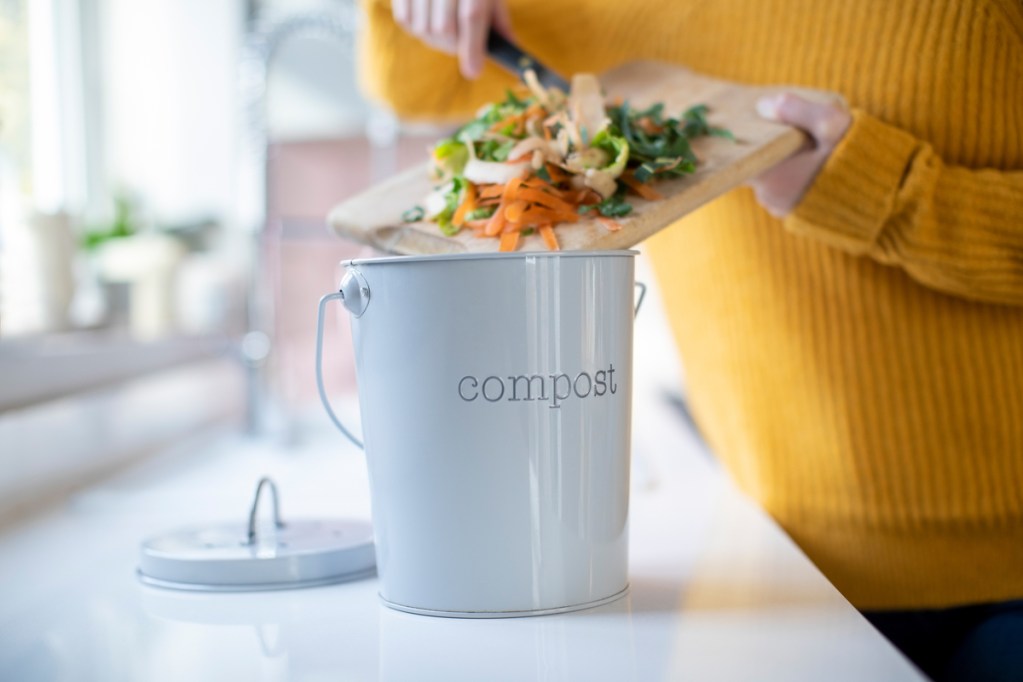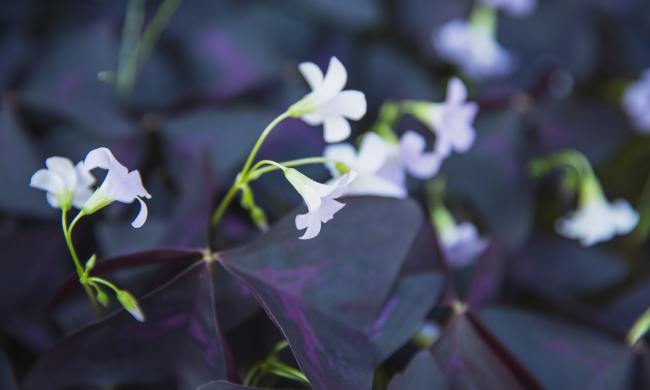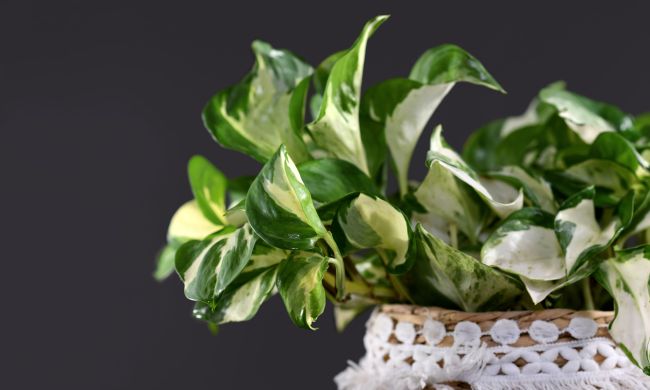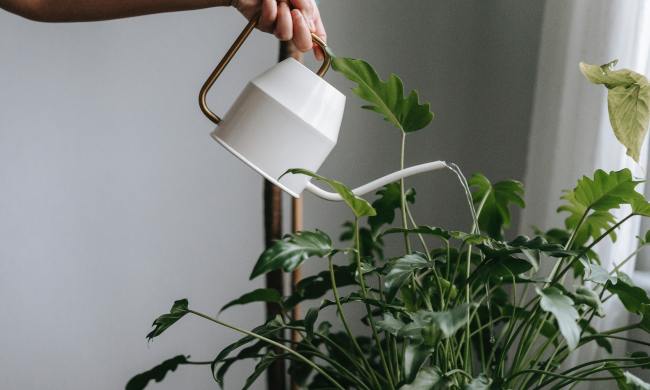There are many popular gardening trends that take off through the internet, ranging from fun and interesting ways to improve your garden to some more bizarre trends. If you’ve heard about the recent trend of using banana water for plants, you might wonder which category this trend falls into. What is banana water, and why are people giving it to their plants? Does it actually benefit your plants at all, or are there better alternatives? We’ll answer all your questions in this simple guide to using banana water for plants.
What is banana water?

Banana water is exactly what it sounds like — banana peels and water. The process is simple and requires little prep. Take your banana peels and cut them into smaller pieces. Soak them in water for a few days, then use the water to feed your plants. The idea behind this trend is that the nutrients in banana peels will come out of the banana peels and into the water.
When you use the water for your plants, it’s supposed to serve as a fast-acting fertilizer, delivering vital potassium and vitamins to your plants. Gardeners who enjoy this trend claim it’s a simple and organic way to fertilize plants, while others say it is ineffective and potentially harmful. So what’s the truth?
Does banana water benefit plants?

Banana water is not particularly beneficial for plants. While it’s true that bananas and banana peels contain many important nutrients that can benefit plants, most of these nutrients will remain in the peel. A tiny amount of the nutrients will end up in the water, but the amount is small enough that it won’t impact your plant’s overall health.
If you’d like to see this for yourself, here’s a fun experiment you can run at home. All you need is banana peels, water, and three home soil test kits. You can find soil test kits in many gardening stores and online, and while they can’t measure the exact amount of nutrients in the soil, they can measure the range your soil falls into. Measure the soil levels before adding the banana water, directly after adding the banana water, and finally, a day or two after adding the banana water. You should see no change between the three tests.
Does banana water have drawbacks?

Banana water for plants may not be beneficial, but does that mean it’s harmful? Well, not necessarily, but it can be in some cases. On its own, using banana water for plants is just a slightly more complicated method for watering your garden. If you take care not to overwater your plants, then there’s no real harm to it.
However, there is one potential drawback to banana water. Anytime food decomposes, it can become a breeding ground for pests, bacteria, and mold. Placing the banana peels in water doesn’t prevent this from happening, and certain bacteria and mold is actually more common in water. If you don’t take the proper steps to prevent this from happening, you could be introducing harmful bacteria, fungi, and pests into your garden. Boiling the water to sterilize it and keeping your banana water in a sealed container can help prevent this, but that means you’ll be putting in a lot more effort for no reward.
Banana water alternatives

So, if banana water for plants isn’t effective, what are some better alternatives? Perhaps the most obvious one is to purchase fertilizer to feed your plants. Store-bought fertilizer undergoes tests to ensure it has the proper amount and ratio of nutrients, so you can be sure your plants are getting everything they need. There are even organic options available, so you can keep your garden organic if you prefer.
If you aren’t interested in store-bought fertilizer and are determined to use your banana peels, then a better alternative is starting a simple home compost bin. Compost does take longer to make than banana water, but it preserves a lot more of the nutrients, and you can use more than just banana peels! You don’t need a massive container or tons of space, either. A simple empty garbage can with a lid is all you need, plus a bit of soil, food scraps, and some paper or cardboard to get started.
Not every gardening trend is a winner, but it’s important to keep experimenting and trying new things. While banana water for plants isn’t the best idea, the next gardening trend just might revolutionize the way we grow plants. Stay curious about the world and test things out for yourself if you aren’t sure about them. Who knows, maybe you’ll be the one to come up with the next hot gardening trend that way.




